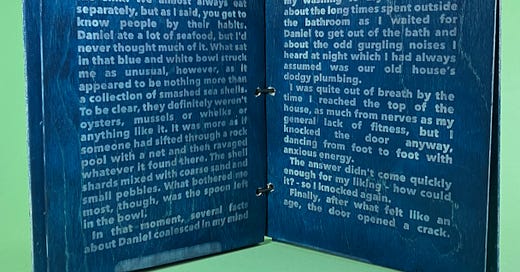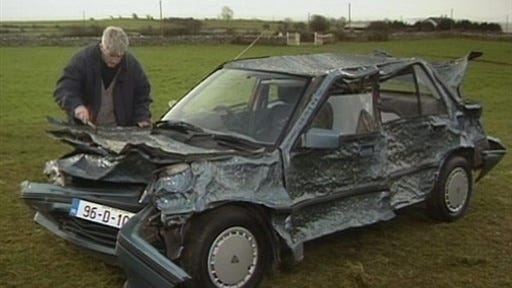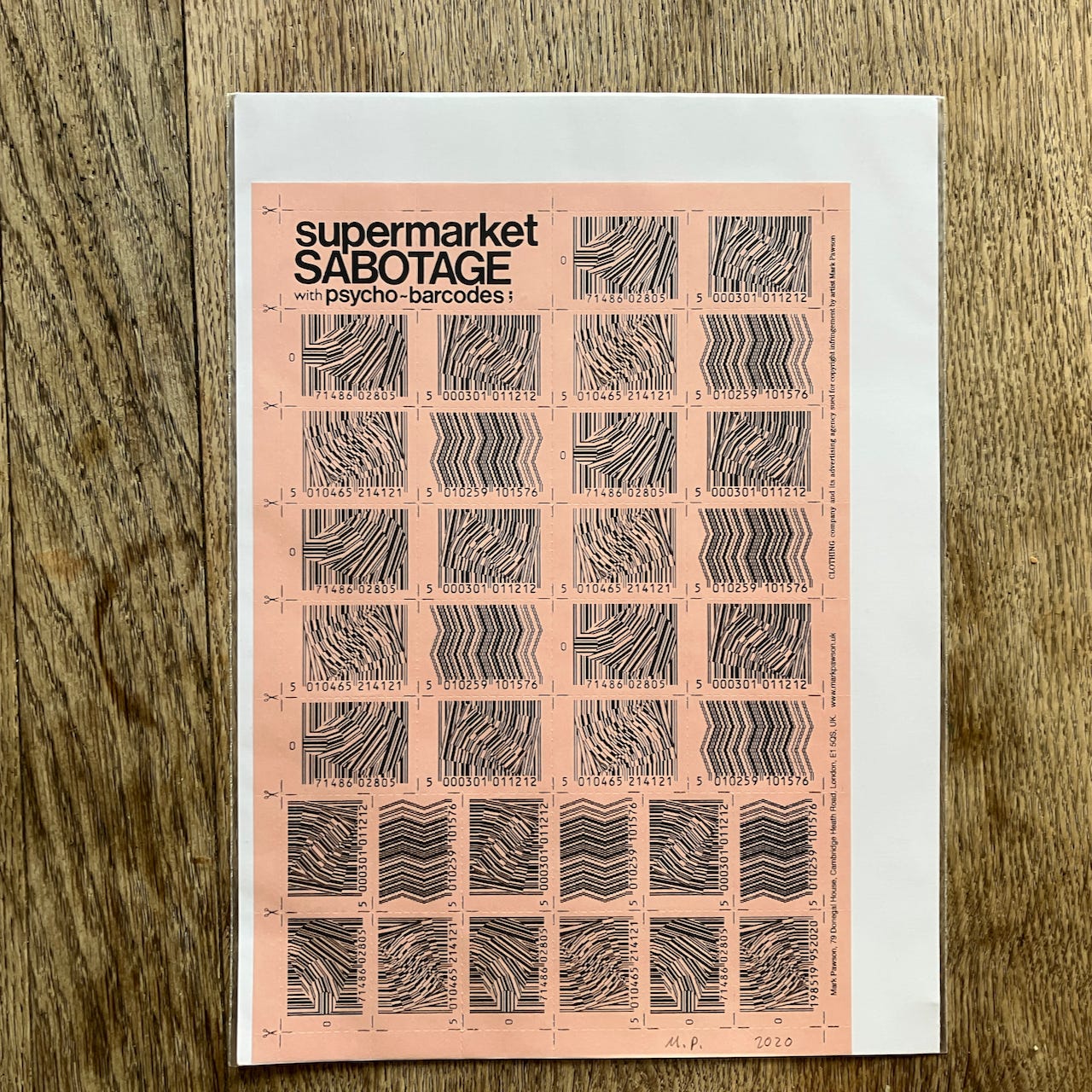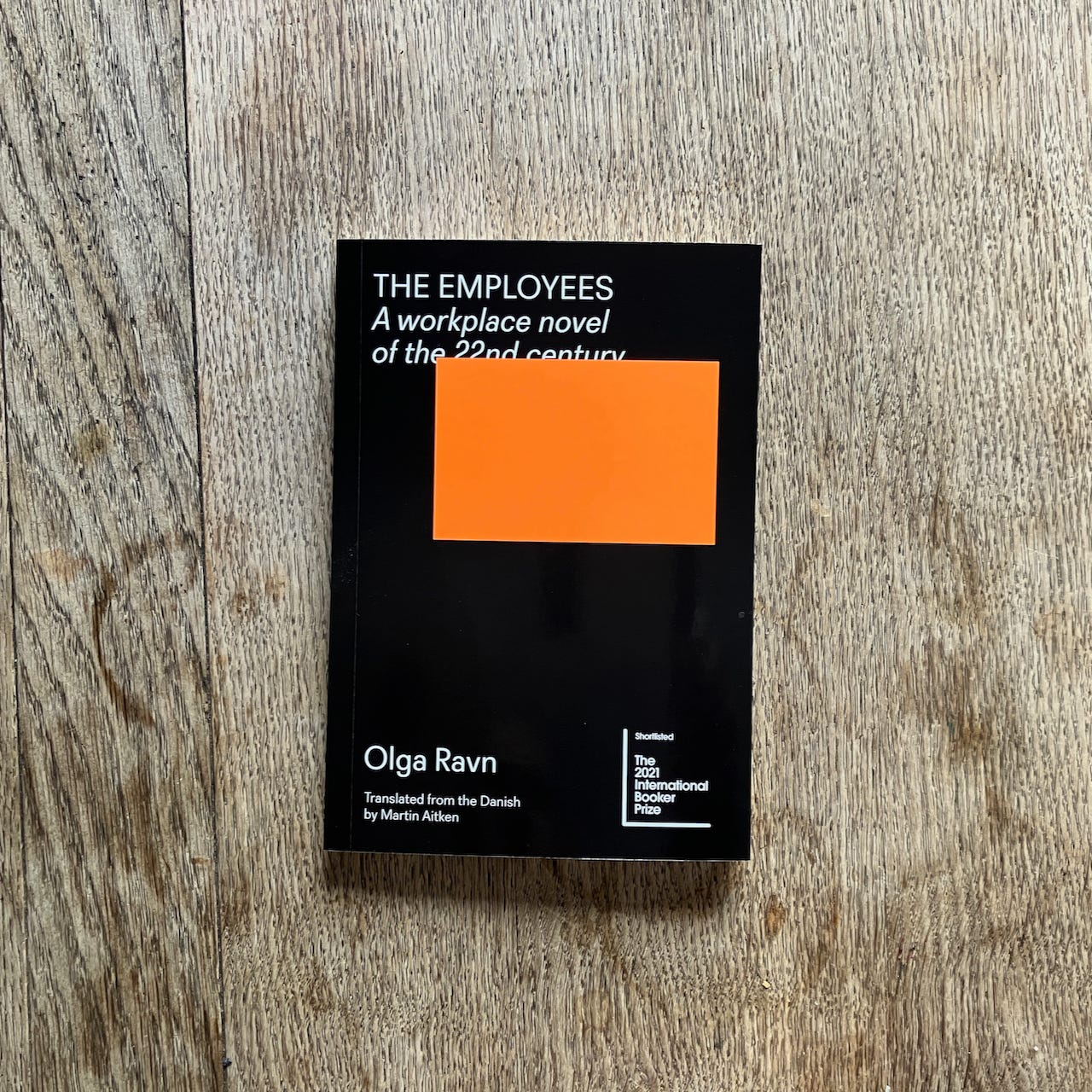Dinner time is between 2nd & 23rd of December
New book in group show in Edinburgh
Daniel’s Dinner is a short story about sharing your home with a stranger. The text is printed on wooden offcuts using the cyanotype process and the boards are bound together with a stretchy thing used to hold L-plates onto engine grilles. Honestly, it looks a little ramshackle, but that was the intent. There were a few more rough edges to it, such as the covers being horribly misaligned. In an attempt to correct them, I was in danger of becoming like Father Ted tapping out the tiny dent in the car’s bonnet and ending up with this:
So, I left it alone and walked away. It’s very much a first experiment, but I’ve been wanting to do something with cyanotypes for a while now but didn’t just want to put leaves and flowers on a sheet of treated paper. I have a couple of vials of cyanotype solution left, so perhaps I’ll do more stuff with them.
The exhibition runs between the 2nd and 23rd of December at Upright Gallery, 3 Barclay Terrace, Edinburgh, EH10 4HP. I’ve seen the catalogue and there’s lots of beautiful books to look at. Check it out if you’re in the area.
London Small Publishers Fair
I went to this year’s Small Publishers Fair at Conway Hall and picked up a few bits and bobs. I don’t always love this event because I think it’s slightly too large for the venue, but I made a point to go around and see as much as possible. I’m hoping to apply for a stall next year, but that’s a long way off and the comments made by the organiser made it sound like joining the mafia, so we’ll see.
Some things:
Martin Pawson
I think this is the third or fourth LSPF I’ve been to and I always like Martin Pawson’s stall. He sells his own work as well as zines and small publications by others. The stamp sets particularly caught my eye and I had to hang around Martin’s stall for ages while someone went through every stamp sheet before relinquishing this one:
I knew I had to have them. These chaotic barcodes are meant to disrupt the shopping experience. I’m too much of a goody-goody to ever use them, but I love the concept and execution.
The Employees – Olga Ravn
I picked up this short novel, translated from the Danish, about a crew working on a spaceship. It’s told through a series of statements from human and humanoid crew members, about an incident that occurred onboard. Now that I’ve finished it, I’m not sure what to make of it. Structurally, it’s the sort of thing that I might attempt in order to avoid writing a straight-ahead novel. There’s been a few books like that lately. If I’m honest, I usually find them pretty unsatisfying, making me wonder if perhaps writing a straight-ahead novel is actually the best way of telling longer stories like this. Honestly, my main problem with this is that there wasn’t much variety in voice between the different statements within, making this disparate clutch of voices all sounding the same.
There’s this great quote in it, though:
‘You have a finished product you're out campaigning for, and then you have a second product, a new product, one that you're still developing and becoming familiar with. This second product is like the most heavenly secret, no one else knows about it and everyone thinks the first product is the one that defines you. That's how I normally make them. One front stage, bowing and curtsying, another half-finished at home in my bed, where I nourish it with milk and biscuits, show it films and comb the hair that grows from its sensitive scalp.’
Which captures how I feel a lot of time about work. It’s great when people like the things I make, but tending to it on my own is my secret vice.
The Employees by Olga Ravn is available from bookshop.org
Reverse Engineering I + II
While buying The Employees, the guy on the stall up-sold me on these short story collections that also include notes from the authors on how they wrote them. These volumes are by Scratch Books, who seem like a good little publisher dedicated to doing interesting things with the short story.
Reverse Engineering I + II are available from Scratch Books’ shop
Atomic Energy and little egg boxes
I so nearly bought this little dossier about atomic energy by Zijue Wu and not just because it has a cardboard model of what looks like an MRI scanner in it. There’s something I really like about fictional science, perhaps because I don’t have much understanding of the real stuff. Anyway, this little collection of documents about atoms was really charming. I kind of wish I’d bought it, but I only have so much space.
There was also a little carton of egg stories which I thought was pretty neat. I couldn’t tell if it was for sale or just being exhibited, which somehow made me like it more. I thought I’d taken the card of the person who made it, but it seems I didn’t.
Both were on the same shared stall that had a nice chaotic energy to it, with a bunch of friends spreading costs and repping each other’s wares.
Inventing instruments
I read Philip Glass’s autobiography Words Without Music and one part I particularly liked was this passage (and not just because it mentions automats):
In New York there used to be a chain of automats called Horn & Hardart, where the food was dispensed from behind small coin-operated glass doors. You'd put in a nickel or a dime, you'd turn the handle, the glass door would open up, and you would take out your coffee, sandwich, or dessert. ... Peter wrote a Concerto for Horn & Hardart. We knew what the Horn was, but no one knew what a Hardart was, so David and I had to build the Hardart. Peter decided that the Hardart looked like a keyboard, but the keyboard would be made of toy instruments: little whistles and harmonicas and accordions and triangles--whatever could make pitches. Each note would be made from a different toy, but Peter could look at the keyboard and see what the note was: it would be for an F or a G or a C, but it might be coming through a whistle or a caron or a horn.
I really like the notion of inventing instruments and then making work to play on them. The practice of doing things in the wrong order can sometimes unlock great ideas. Often it nauses things up (am I spelling nauses right?), but sometimes…
On the same vein of invented instruments, this article by Pitchfork is a good introduction to Love Hulten, a maker of weird and beautiful synthesizers with a particular retro sensibility. Love Hulten isn’t actually inventing these things, but rather re-housing commercially available synths and drum machines into beautiful custom-made cases. Often, though, those components are paired or integrated in interesting and unusual ways. The tooth organ is a particular highlight, but all of the instruments make me want to put on a polo neck and fiddle with them until horrible noises come out.
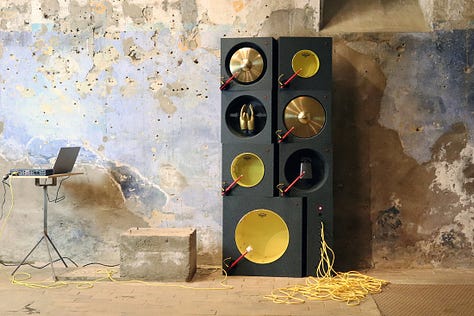
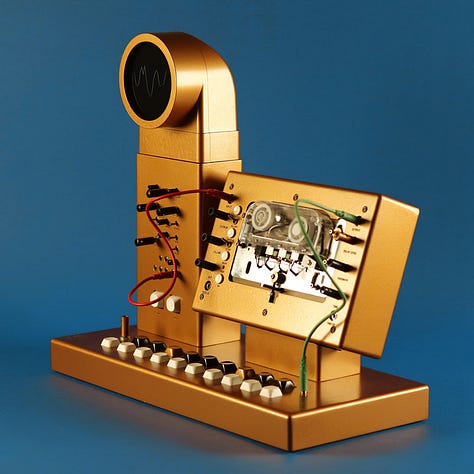
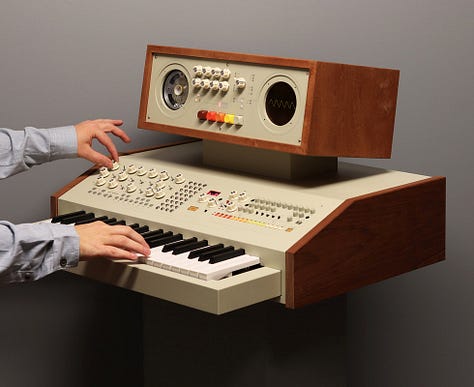
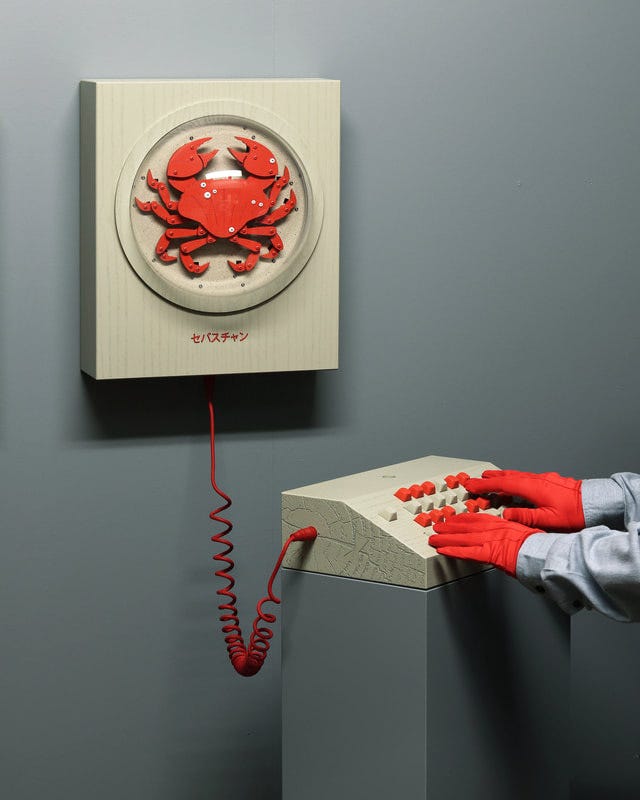
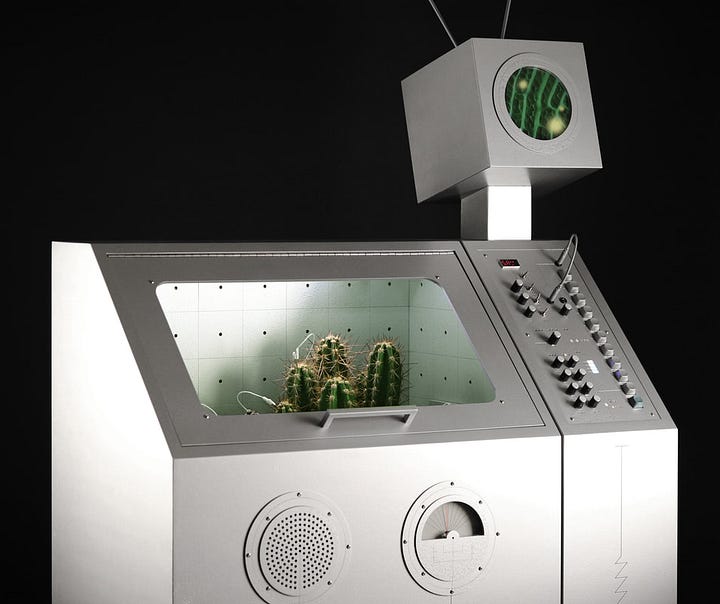
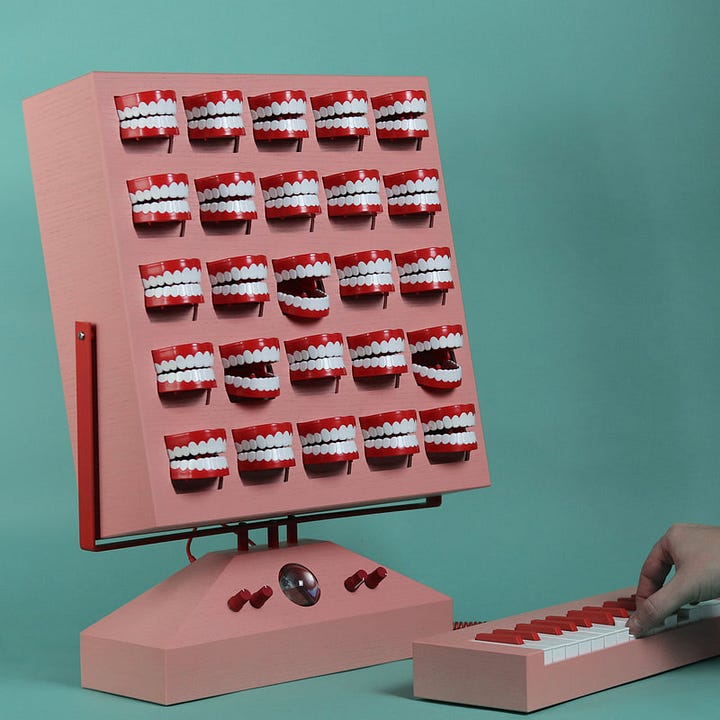
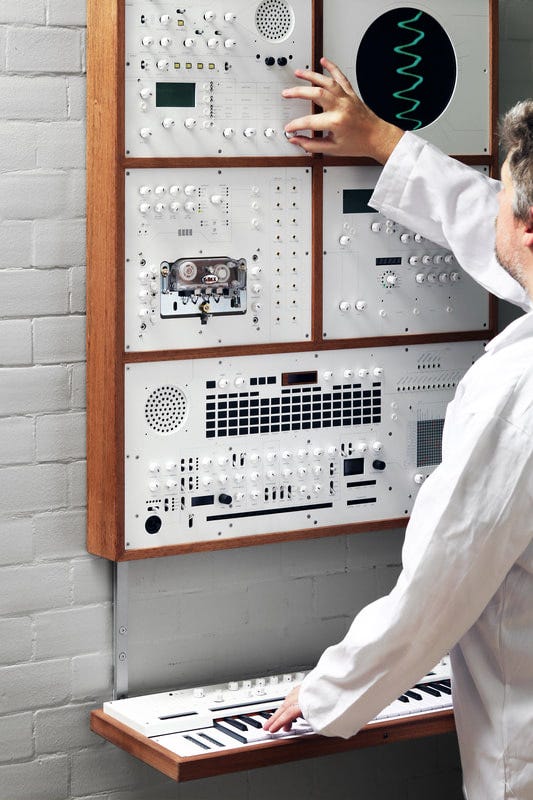
ASCII Art
This extensive essay about Amiga ASCII art by Heikki Lotvonen was exactly in my wheelhouse. He runs a site called glyphdrawing.club, which is a surprisingly modern take on the fairly archaic practice of ASCII art - using typed characters to create artwork. When computers weren’t powerful enough for graphics, enterprising souls made do with using standard characters to approximate something like art. The level of these things ranged considerably, from simple stick figures to lifelike nudes (nsfw - kind of). It has now become such an established art form that you can do all sorts of clever things with ASCII art.
Not me, though - I just put a photo through an online converter.
It has a long history dating back to typewriters, but I always associate it with the intros put in front of cracked computer games. There’s a whole section of BBS: The Documentary which is devoted to text art, its history and the scene that grew up online, pre-internet. It’s by the same director as Get Lamp, the film about text adventures mentioned in a past edition of this newsletter.
I have a longstanding love of monospaced typefaces and have done numerous experiments with them (none of which I care to share at this point in time). Mentioning this stuff here is just really a mental post-it note to do some proper work in this space at some point in the future.
I think that’ll do for now. Substack is warning me that I’m reaching the email length limit, which I didn’t realise was a thing. These newsletters seem to be more stuff I’ve been looking at than stuff I’ve been doing, but I have been doing stuff - I promise.
I also promise not to use the word ‘stuff’ so often.
OK. Hope you’re well. Wrap up warm.
ta
